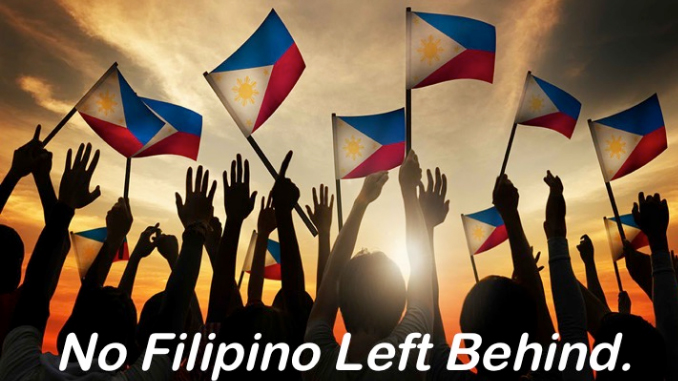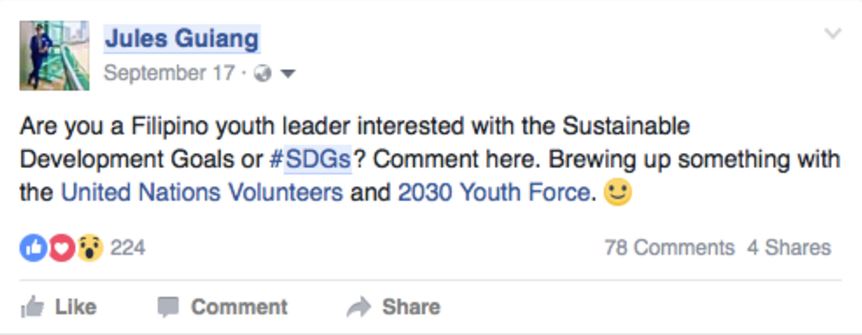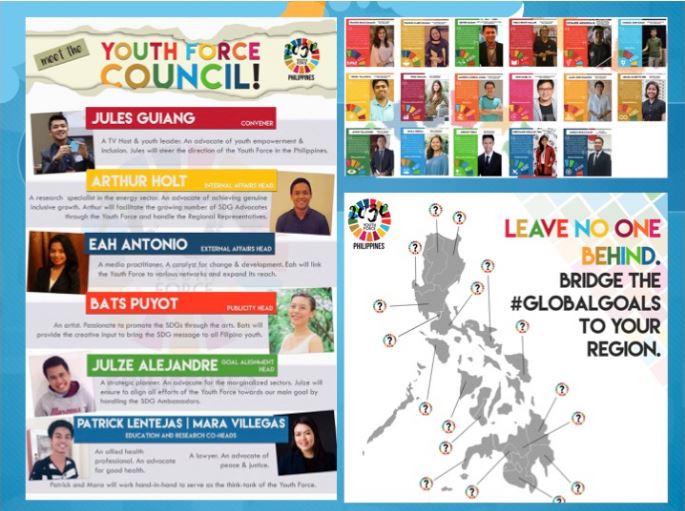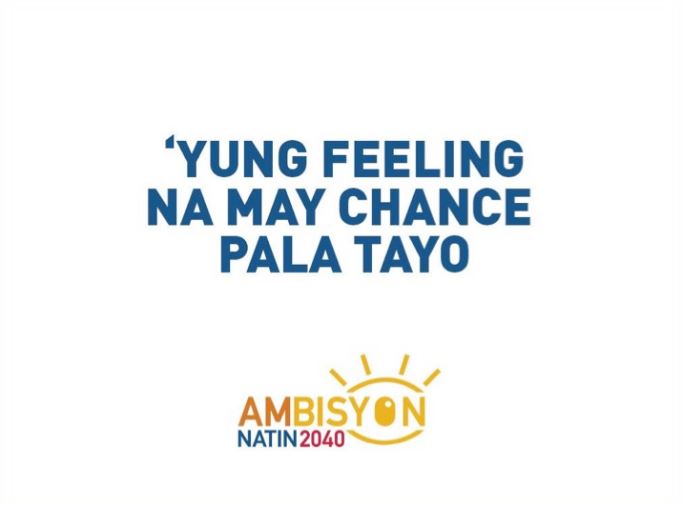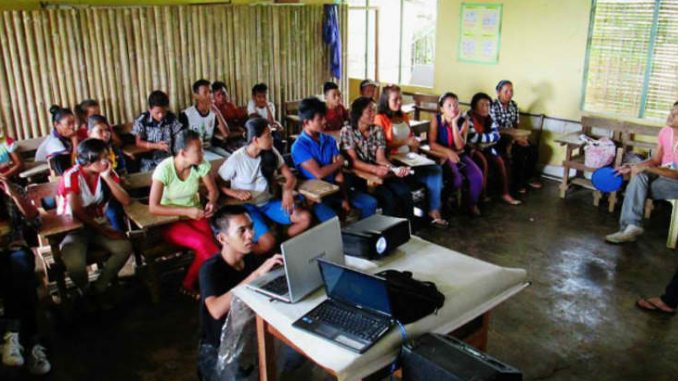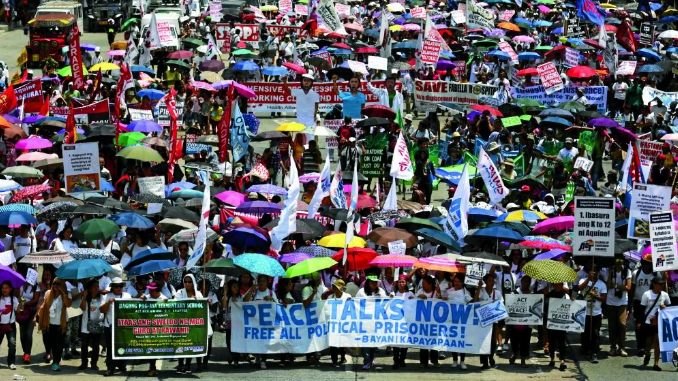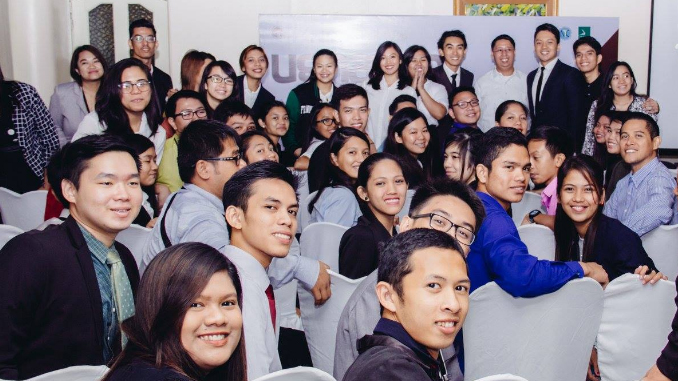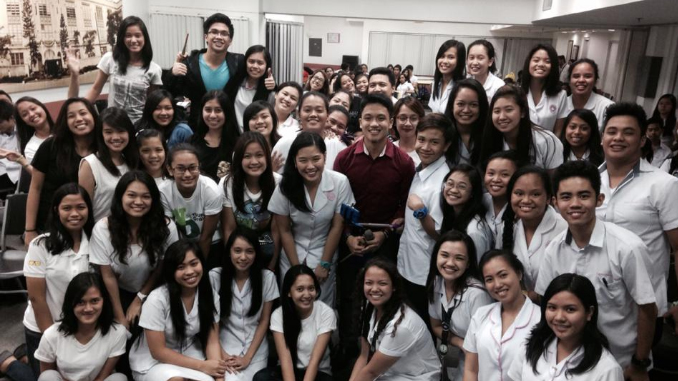We all have our dreams for ourselves, for our families, and even for our country; but do you have specific plans to achieve these dreams? Right now, our country and the world are pretty much busy with setting standards to achieve the basic dreams of each individual.
My first encounter with long-term plans was during my 2-month internship with the Young Southeast Asian Leaders Initiative in the USA in 2015. I got an invitation to a certain program in New York City. It was called Social Good and, I read, “Sustainable Development Goals”, or SDGs. I Googled it right away and it looked interesting. It said that they would introduce these SDGs that will replace the Millennium Development Goals.
But, I asked myself, why would the youth even bother to care about these goals?

It was last June 2016 when 17 dynamic youth leaders from different countries in the Asia-Pacific region established the 2030 Youth Force. I was there to represent the Philippines. Our main goals are to inspire the 700-million youth of the region, to engage them in the promotion of the SDGs, to initiate actions that will drive positive changes towards an inclusive and peaceful society in the Asia Pacific, and to campaign that no one should be left behind.
As soon as I came back to Manila, using Facebook, I posted a status update if there were Filipino youth interested with the Sustainable Development Goals. I was overwhelmed, to the point that I had to create a community group on Facebook, just to handle the discussion more effectively.
Before that, I assumed that my fellow youth would not be very interested with the SDGs but, obviously, I was wrong. From one of our online discussions, which we call E-Meets or electronic meetings, we forged a unified direction that our group will aim to bring the SDGs to communities in the grassroots for they are the most affected and vulnerable in the absence of the SDGs.
Through the help of social media, we were able to establish this 2030 Youth Force in the Philippines. We have 17 Ambassadors who represent our 17 Global Goals, and Regional Representatives who will represent the regions of the Philippines. This is our first step to reach the grassroots, to create a structure that will represent and involve everyone.
It feels so good to do something for the world, and then I saw an ad on TV and on Facebook. It was catchy. It was about the “AmBisyon Natin 2040.” I told myself, yes, we are doing something for the world but will our efforts be aligned with the direction of our homeland? Fortunately, on November 2016 in Bangkok, I was able to meet some officials from the National Economic Development Authority (NEDA), Department of Budget and Management (DBM), Philippine Statistics Authority (PSA), and the United Nations Development Fund (UNDP) office in the Philippines. We talked about how the SDGs and the AmBisyon Natin 2040 will complement each other.
WHAT IS AMBISYON NATIN 2040?
AmBisyon Natin 2040 is very empowering and inclusive. It dares us to be ambitious for our country. It calls for everyone to unite and dream together. It challenges us that, from this point onward, we must make this possible – NO FILIPINO LEFT BEHIND.
The vision is inclusive of all sectors of society. It represents the Filipino dream where no one is left behind. Adopting the vision of having a predominant middle class society already implies the youth being one with the poor. It is based on the premise that every member of this nation, from all socioeconomic classes, deserves to have a simple and comfortable life.
The vision concerns the future of today’s youth and thus helps promote direct participation of the youth in governance. We recognize that the role of the youth will be crucial in this development process because in the span of the 25-year plan, it will be our generation who will lead the country and, likewise, work in the labor force.
The vision serves as the backbone for our initiatives as a country. Goal-setting in the long-term paves the way for mature politics because it provides a reference point that the future administrations can look back to when crafting their own development tracks. Having a united vision that is time-bound will enable the people and the actors behind AmBisyon Natin 2040 to measure the progress and identify setbacks.
But with the Filipino people right now at more than a hundred million, and we expect this number to rise year-per-year, how then can we adjust this vision to cater to the needs of our growing and vibrant population? We need SDG 17 – PARTNERSHIPS. We all need to collaborate with all relevant groups. With this formula, there will be confidence that the AmBisyon Natin 2040 is doable and not something merely lofty.
Now let’s talk more about ACTION
How do the youth move forward towards our goals? 1) Laymanize for the Grassroots; 2) Empower and Involve More People; 3) Institutionalize the Vision; 4) Integrate other Visions and Plans; and 5) Make it Issue-Based.
Laymanize for the Grassroots
First, we need to Laymanize for the Grassroots. It is not enough that only a few of us in a room will understand the vision, goals, strategies, and other terms. We need to know the language of the different sectors, and I’m not just talking about the medium, but more of how they communicate to make things understandable.
We need to emphasize that the relevance of the achievement of the agenda is for the betterment of our people. Everyone needs to realize that we cannot just settle with what we have right now. We need them to dream with us, but as planners we need to provide a plan and steps on how we can all achieve our collective dreams for our beloved country.
Empower and Involve More People
Second, we need to Empower and Involve More People. Exclusion has always been a problem in our society. Manila should not decide for the needs of other people and communities from different provinces down to the smallest barrios. We should include everyone in the equation regardless of age, gender orientation, religion, etc. We should empower everyone and let them know that they are capable of doing things to develop their communities. We must make them realize that everyone can do something no matter how small because, collectively, these small actions will lead us to the achievement of our goals. We must ensure that no one is left behind.
Institutionalize the Vision
Third, we need to Institutionalize the Vision. It would be a challenge to keep people working for our vision if they will have no assurance that our efforts today will be worth it in the future. Four administrations will come along before 2040. How sure are we that our future Presidents will adopt this vision? We need to tell our people that AmBisyon Natin 2040 is for the common good, that regardless of political leanings, at the end of the day, our vision is the common goal of our future leaders.
We must also cascade this agenda through every institution, for instance our schools. In being able to involve the coming generations in this vision, we should make them aware as early as now. Why not integrate this vision in the school textbooks, on different shows on TV, on billboards along avenues, in our trains, etc.?
Integrate all Existing Plans
Fourth, we need to Integrate AmBisyon Natin 2040 with Other Plans like the SDGs. The Sustainable Development Goals are aimed to be achieved by 2030. And that’s in 14 years. We need to resolve our messaging that while the SDGs are achieved in 2030, the remaining ten years before 2040 may be used to make sure that the SDGs are indeed present in the grassroots. Or we can also use these ten years as a period to measure how the SDGs can truly be sustained in all levels of society.
Aside from the SDGs, we must also recognize and consolidate existing medium-term and long-term agenda of various agencies and institutions. With this, we can align all plans in the master plan of AmBisyon Natin 2040.
Make it Issue-Based
Fifth, the only way for people to appreciate this vision is to Make it Issue-Based. We should identify basic issues that concern our people and our vision must be able to respond and serve as a solution. Like:
1. Education
2. Economy
3. Health
4. Agriculture
5. Environment
6. Women Empowerment
7. Youth Empowerment
On education
AmBisyon Natin 2040 must be able to present a vision on how our country can produce graduates for a highly-skilled and employable work force. Access to university education should be of prime importance and a priority for our government and our people. We should have initiatives that encourage people to go to school and the government should provide and prioritize access to higher education.
On the economy
We should have reduced poverty from 2030-2040 by providing jobs that will enable everyone to live a life with dignity where every Filipino does not have to depend on day-to-day earnings. Everyone, regardless of status, should have equal access to not just basic, but QUALITY basic services. The effects of the good economy must trickle down to everybody, including our indigenous peoples.
On health
Accessible and quality health services must be made available to all Filipinos. For instance, the revival of the Botika ng Barangay will enable our countrymen to gain access to essential and very affordable medicines.
On agriculture
Food security has always been an overlooked issue. Addressing problems in agriculture will not only uplift the status of our farmers but also make the country self-reliant in terms of food production.
On the environment
Hopefully, the government can fully support green businesses and provide funds and support for the small sectors for sustainability purposes, which can produce more jobs and take more people out of poverty. We can’t eradicate poverty and live a healthy life if the environment is degraded.
On women empowerment
Women should be given equal opportunities and treatment in terms of work so the labor force in general is strengthened and our people’s potential is maximized and not exported.
On youth empowerment
To ensure the future of the youth, we must be protected from oppression and given opportunities to have a direct participation in governance like the conduct of the Sangguniang Kabataan
RISKS AND CHALLENGES ALONG THE WAY
In our quest for AmBisyon Natin 2040, there are possible risks that we should be prepared for in order to address them while we are in the process of achieving our vision.
Funds and corruption
The budget reflects the priorities of the government. If funds are not allocated to proper items, then that will be a problem, that is why our legislators and government officials must be on the same track. We cannot just dream for a better Philippines while other influential people are steering towards a different dream.
On the other hand, our systemic problem of corruption will be a hindrance to our vision. Our former and current Administrations have shown concrete steps to eliminate corruption; maybe it would be better if this “cleaning of the house” would not be selective.
Discontinuity
If this vision would not be brought down strategically to local governments and if this vision would not be contextualized to the true needs of the local communities, then our plans would be endangered. We think that there should be continuous multilateral consultations across different sectors to make sure that everything is aligned and still in line with the aspirations and current conditions of the citizens. Also, we need to find or make a way for our future Presidents to adopt this vision and adjust their plans in favor of this collective vision.
Reach and impact
The Philippines as an archipelago is an evident risk of challenging the realization of our vision, but more than how the programs and projects will reach our islands, the government must also ensure that our efforts must come down directly to the most marginalized sectors. Indicators must be set if the plans of our vision has an impact to the lives of our people.
THE YOUTH IS PART OF THE EQUATION
Now, more than ever, the youth’s participation is crucial as endless distractions come along our way. We must use our energies and passion to be channeled in this worthwhile endeavor while we are young. Allowing the youth to see the importance of the AmBisyon Natin 2040 for the Philippines and teaching them how to align their initiatives with our vision would centralize and “singularize” what would have otherwise been separate initiatives.
In the end, the youth of our country can offer more that is why we must ask our elders to invest in us, because investing in us is investing for the future. 23 years from now, we will be the key players in our country. 23 years from now we must be celebrating because we have all achieved the AmBisyon Natin 2040.
We must act TOGETHER now because if not us, then who? If not now, then when? The clock is ticking. We are just about 23 years away before the deadline. The future is now. Do listen to us. Do involve us. Let us leave no one behind – NO FILIPINO LEFT BEHIND.

